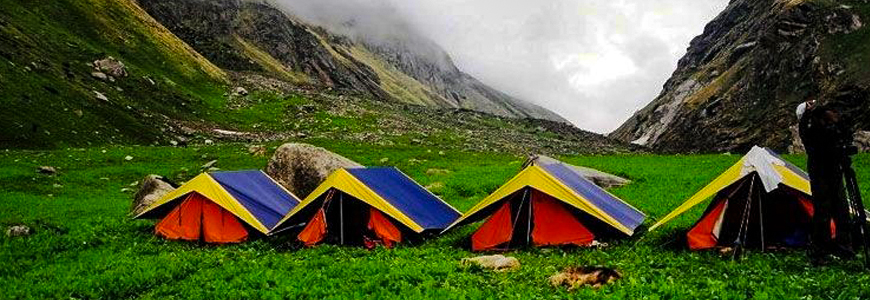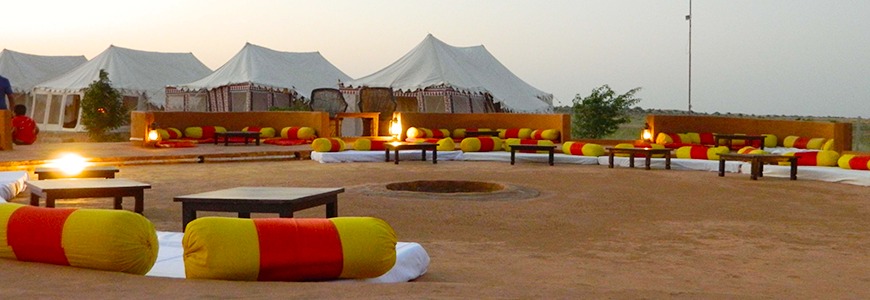Hiking vs Trekking: Differences!

Most often hiking and trekking are used as synonyms. But it leaves us with a question, is it correct? In case you are not certain about the same, continue reading…
Hiking, by dictionary definition, is “the activity of going for long walks, especially across the country", whereas Trekking is “to go on a long arduous journey, typically on foot”.
Hiking is a form of exercise that encourages physical fitness. It is economical and convenient as hikers can walk as far as they desire. There is no physical strain unless they walk among hills or mountains.
- No matter what type of hike you do, a lot of them will require your strength and energy one way or another. If you are a beginner or a professional hiker, in either case, you might feel as though anyone is competent enough to hike and can attempt it when they get off of their couch. While that is valid, it is also true that hiking can become rough for your body.
Trekking is an outdoor activity of walking, usually for more than a day. It is a form of walking, initiated with a specific purpose of exploring and appreciating the scenery.
Most noteworthy, trekking is more challenging than hiking considering it questions one's ability, endurance and mental as well as psychological capacity. There are many diverse ways to do a trek and trekking culture often fluctuates from country to country. It usually takes place on trails in areas of relatively unspoiled wilderness.
Hiking and trekking both have the act of walking in common, but the difference lies in the condition and intensity of the same. Trekking is emphasised as slightly more demanding than hiking.
The definition of hiking includes the word “walk”, which is typically seen as easy and pleasant, whereas, trekking is defined as a “journey”, which is typically more challenging, requires more effort and tends to take more than one day.
Health benefits of Hiking and trekking
Hiking and trekking can improve your mental and physical health. Here are just a few benefits of hiking and trekking:
- It lowers the risk of heart disease and improves blood pressure: Hiking and trekking are both amazing for your health! A study recommends that you should walk at least an hour a day, five days a week. It improves your heart and blood pressure, minimizing the chance of stroke.
- Better overall fitness: These activities do amazing things to your muscles. They build up strength in your thighs, lower leg muscles, hip muscles and hamstrings. It also builds your endurance. They both are weight-bearing exercises, which build up bone density. Trekking also boosts your core strength as you hike with a heavy backpack.
- Improves your mental health: Stress, depression and anxiety have a way of building up when cooped indoors for a longer duration. Hence, hitting the trail helps to put life in perspective and taking the mind off your worries.
- Burns Calories: Hiking burns between 440 and 550 calories per hour according to researches. Imagine how many calories will an overnight hike or a week-long trek burns. And eventually, burning calories helps you lose weight and tone your muscles.
- Makes you creative: Spending time outdoors and soaking all the Vitamin D from the sunlight can improve your mind. Vitamin D increases attention span and improves our ability to focus. It is also great for maintaining healthy bones and teeth, supporting your immune system and boosting cardiovascular health.
Many trails can become uneven and steep to climb. One may undergo elevation gain that feels intense. And as you know, hiking is deeper than just taking a walk; it demands you to use your body strength at times and your balance. Over time, it will strengthen your body and endurance. But taking measures to equip yourself before involving in an outdoor activity will be beneficial while you begin your hiking journey.
Doing exercises before a hike can reduce your risk for injury, improve your flexibility, and can help you hike long distances. There are three types of exercises you should focus on before your hikes: strength training, balance, and cardiovascular.
Hiking or Trekking equipment is the equipment taken on outdoor trips. The equipment selected varies according to the length and remoteness of the trip, optimal weight and capacity, special medical considerations, weather conditions, terrain, shelter and clothes, water and food plan, protection from animals and equipment for special activities.
Good quality hiking and trekking equipment are essential. High-quality equipment will allow you to enjoy your hikes and treks even more and stay safe and warm no matter the weather!
Here’s a list of equipment that is worth the investment:
- Hiking boots: For short day hikes, comfortable sneakers might do it but for longer overnight hikes good hiking shoes or boots are essential. For trekking, consider boots with ankle support.
- Backpack: For day hikes, a light day backpack with a hydration pack is perfect. For more prolonged hikes and treks, where food and tent are to be carried, a 50-60L backpack should suffice. Make sure it has a waist belt and adjustable back support.
- Tent: Your accommodation for the duration of your trip should be sturdy. In case you aim to hike during warmer seasons, a 3 season tent will do, and if you plan to hike during winter, make sure your tent has a skirt and can resist wind, rain, and snow.
- Sleeping bag: When buying a sleeping bag, adhere to the comfort temperatures provided by the manufacturer. Usually, there are three numbers: comfort, limit, and extreme.
- Compass, maps, and a GPS device: Make sure that you have a detailed map of the area before going on any hiking trip. And for longer treks, it is good to have a GPS device or a compass too.
Check our complete range of Hiking & Trekking Gears...Click Here

 Add More
Add More 






